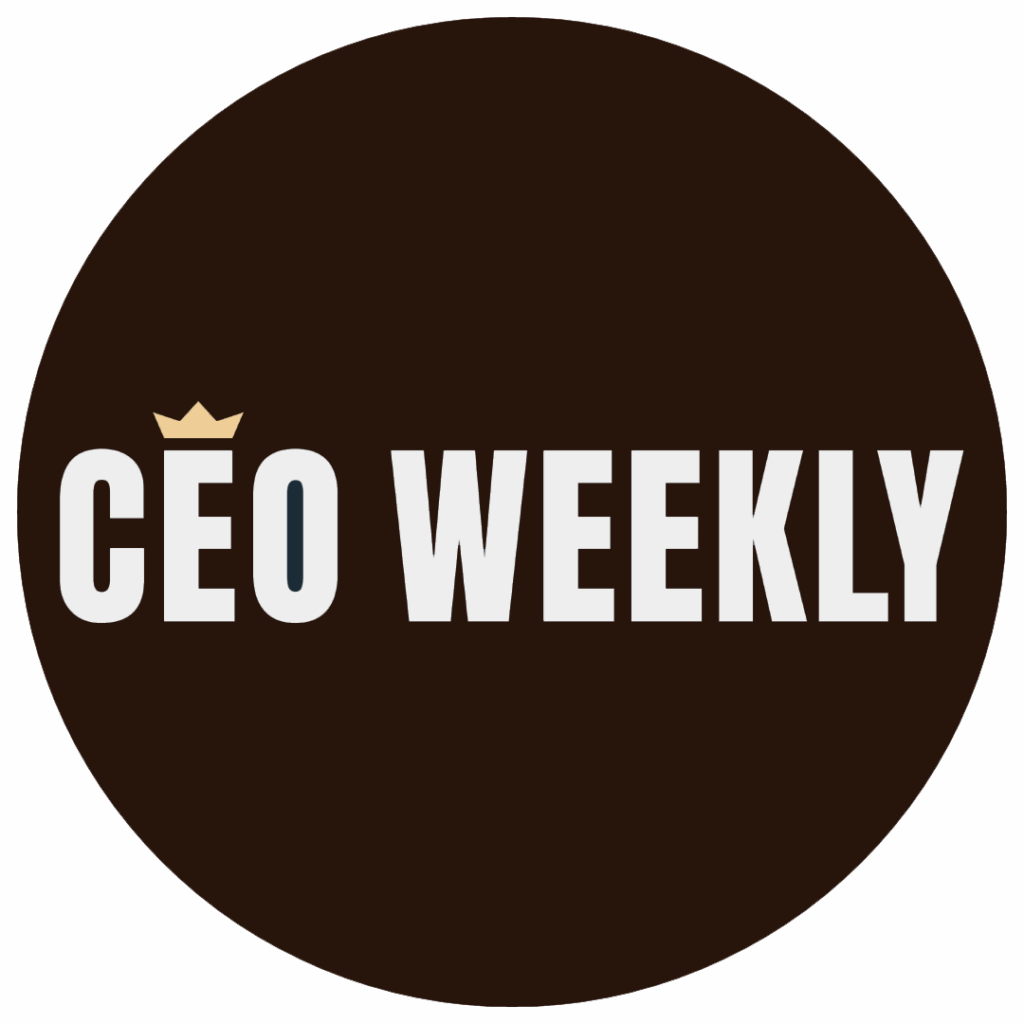As an individual ventures out into the job market, a leading element they seek to capture in their upcoming place of employment is: job security. A term that sounds so straightforward and easily accessible yet has proven to be a difficult and rare commodity to attain in a new job. With the fluctuating state of the US economy and the unemployment rate holding steadily at 4% – as documented by the US Bureau of Labor Statistics – job security is more important than ever.
However, corporations have prioritized employee retention rates as individuals are urged to consider job security. Companies and organizations now hope to ensure the onboard employees stay on the ship for as long as possible.
Yet, one major topic continues to ail these organizations in retaining their employees – their leadership styles.
Recent research has highlighted the direct relationship between leadership styles and employee turnover rates. These studies have indicated that poor leadership styles in management increase the percentage of employee turnover. The reality is that how a superior interacts with their employees has an unwavering effect on how the employee views both the company and their place in it.
Job satisfaction is a major reason an employee stays at a company. Think about it simply: If you are unhappy, why would you stay? Well, nowadays, employees don’t.
LinkedIn – one of the biggest employment sites today – reported that job satisfaction is directly tied to how leaders in a company choose to manage their employees. Fostering a positive organizational structure and work environment for employees should be a priority in any office. Without comfort and satisfaction in the workplace, employees don’t feel inclined to produce the top quality work that their organization desires.
Thus, poor leadership can negatively affect not only employee retention but also the overall productivity of an organization.
Nevertheless, there is no need to fret. There are many solutions to aid in fixing leadership teams and their relationship with their employees. A primary solution is addressing the issue through evaluating the leadership team. While assessing the relationship between superiors and their employees is necessary, it is imperative to first recognize the shortcomings of leadership and how they can be rectified.
One way of doing such is onboarding professional coaches to assist with leadership interactions and achieving the organization’s overall goals. Leadership teams can meet with these coaches to dissect their current issues and begin progressing towards the implementation of more efficient and effective styles of leading in their organizations.
Job market expert A.J. Mizes, CEO & Founder of The Human Reach, notes three incredibly vital benefits of leadership teams interacting with professional coaches. Change can be jarring in any capacity, so communication is essential. Mizes emphasizes that notion by illustrating the advantageous manner in which professional coaches can ensure effective communication to allow for smooth transitions.
Furthermore, Mize highlights the significance of collaboration in the workplace. Professional coaches can assist in gathering the strengths of executives and leadership members and aid in redirecting those strengths to achieve bountiful team dynamics. Finally, Mize appeals to the humanity of executives and leaders by inscribing the importance of emotional and interpersonal behavior in the workplace. Professional coaches seek to dismiss the stigma surrounding robot-like executives and hope to tap into the emotional intelligence imperative to healthy and worthy conflict management and resolution.
As our economy begins to stabilize and unemployment rates are sought to decrease, it is critical for both employees and their employers to feel satisfied in the workplace. Poor leadership styles can trickle into the everyday operations of a company and result in negative consequences for the organization as a whole.
Thus, as corporations and organizations continue to build their teams, they must recognize that change starts from the top. And everything else follows. Addressing high turnover rates requires a holistic approach, and executives must make the uncomfortable journey of evaluating their performance and leadership.
Ultimately, the relationship between leadership teams and their employees underscores the significance of job satisfaction and employee engagement.
Published by: Holy Minoza








